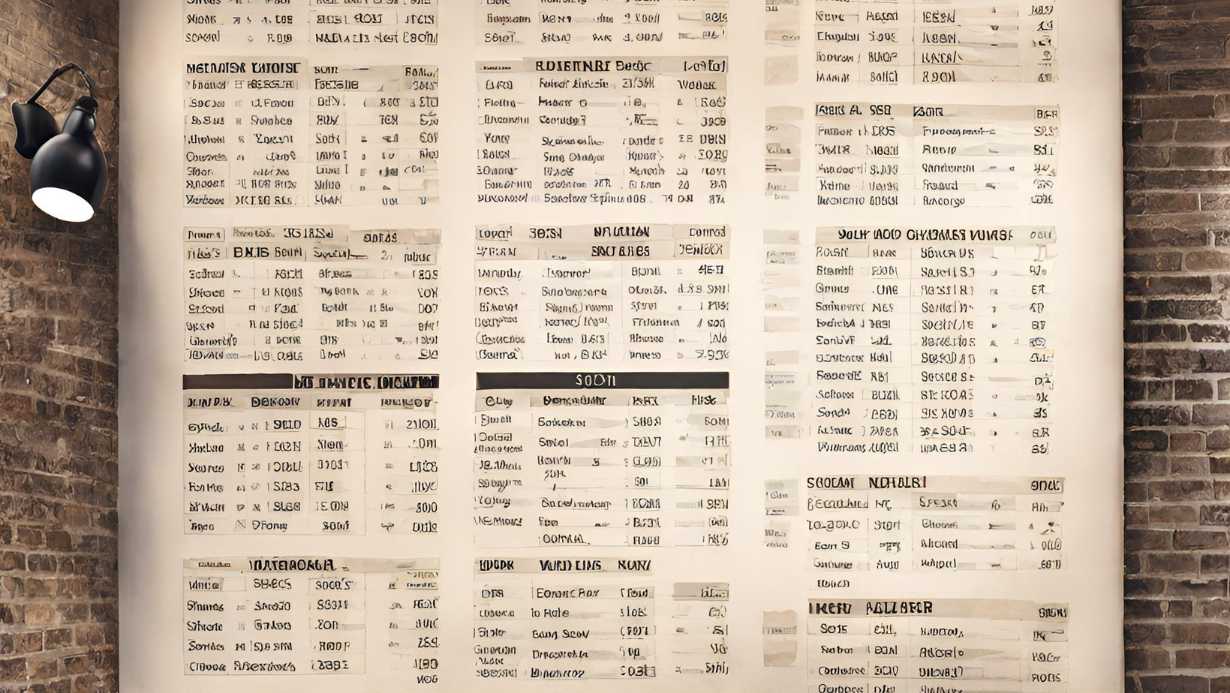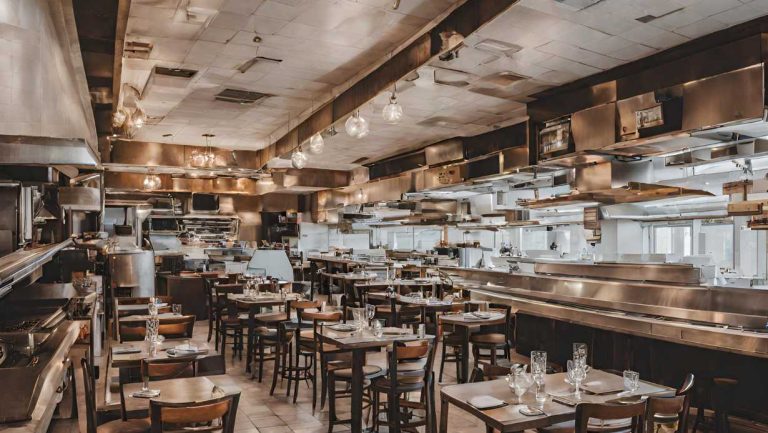How to set up schedules for a restaurant? Efficient scheduling is the backbone of a successful restaurant operation. From ensuring optimal staffing levels to accommodating employee preferences, setting up schedules requires careful planning and organization. In this comprehensive guide, we outline the key steps and best practices for setting up schedules for a restaurant, along with frequently asked questions to address common concerns.
1. Assess Staffing Needs:
Begin by evaluating your restaurant’s staffing requirements based on factors such as peak hours, seasonal trends, and special events. Consider the roles and responsibilities of each staff member, including servers, chefs, bartenders, and support staff, to determine the ideal staffing levels for different shifts.
2. Gather Employee Availability:
Collect detailed information on employee availability, including preferred workdays, time-off requests, and any scheduling constraints. Utilize digital tools or scheduling software to streamline the process and ensure accuracy. Encourage open communication with employees to address scheduling conflicts and accommodate their needs whenever possible.
3. Create a Scheduling Template:
Develop a flexible scheduling template that aligns with your restaurant’s operational needs and labor budget. Take into account factors such as shift lengths, breaks, and rotation schedules to ensure fair and equitable distribution of hours among employees. Consider incorporating buffer periods between shifts to allow for smooth transitions and avoid staffing gaps.
4. Utilize Scheduling Software:
Invest in restaurant scheduling software to simplify the scheduling process and enhance efficiency. Look for features such as automated scheduling, shift swapping, and real-time communication to streamline operations and reduce administrative overhead. Leverage the reporting and analytics tools offered by scheduling software to gain insights into labor trends and optimize scheduling practices.
5. Communicate Expectations Clearly:
Clearly communicate expectations and guidelines to employees regarding scheduling procedures, attendance requirements, and shift responsibilities. Provide ample notice for schedule changes or updates and establish channels for effective communication, such as email, text messaging, or a dedicated scheduling app. Encourage feedback from employees to identify areas for improvement and address any concerns promptly.
6. Monitor and Adjust:
Regularly monitor scheduling effectiveness and employee performance to identify areas for improvement and make necessary adjustments. Track key metrics such as labor cost percentage, employee turnover, and customer satisfaction to gauge the impact of scheduling decisions on overall business performance. Solicit feedback from staff members and customers to inform future scheduling decisions and ensure alignment with organizational goals.
FAQs on How to Set up Schedules for A Restaurant
How far in advance should restaurant schedules be posted?
It is recommended to post schedules at least one to two weeks in advance to allow employees sufficient time to plan their schedules and make any necessary arrangements.
How can I accommodate employee preferences while maintaining scheduling flexibility?
Utilize scheduling software to allow employees to input their availability and preferences, and use automated scheduling algorithms to generate optimized schedules that balance employee preferences with operational needs.
What is the best way to handle last-minute scheduling changes or emergencies?
Establish clear protocols and communication channels for handling last-minute scheduling changes or emergencies, such as a designated point of contact or a group messaging platform. Provide flexibility and support to employees facing unexpected circumstances while ensuring that operational needs are met.
How can I ensure fair and equitable scheduling practices?
Implement transparent scheduling policies and procedures, such as rotating shifts and providing equal opportunities for desirable shifts or time-off requests. Regularly review scheduling practices to identify and address any potential biases or inconsistencies.
What are some common pitfalls to avoid when setting up restaurant schedules?
Avoid overstaffing or understaffing by accurately forecasting demand and adjusting staffing levels accordingly. Be mindful of labor laws and regulations regarding scheduling, breaks, and overtime to avoid compliance issues. Communicate openly with employees and address any scheduling conflicts or concerns proactively.
Final Thoughts on How to Set up Schedules for A Restaurant
Setting up schedules for a restaurant requires careful planning, effective communication, and the right tools and resources. By following the steps outlined in this guide and addressing common concerns through proactive management and clear communication, restaurant owners and managers can optimize scheduling practices, enhance employee satisfaction, and ultimately drive success in their operations.












One Comment